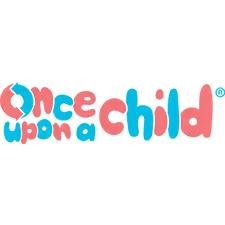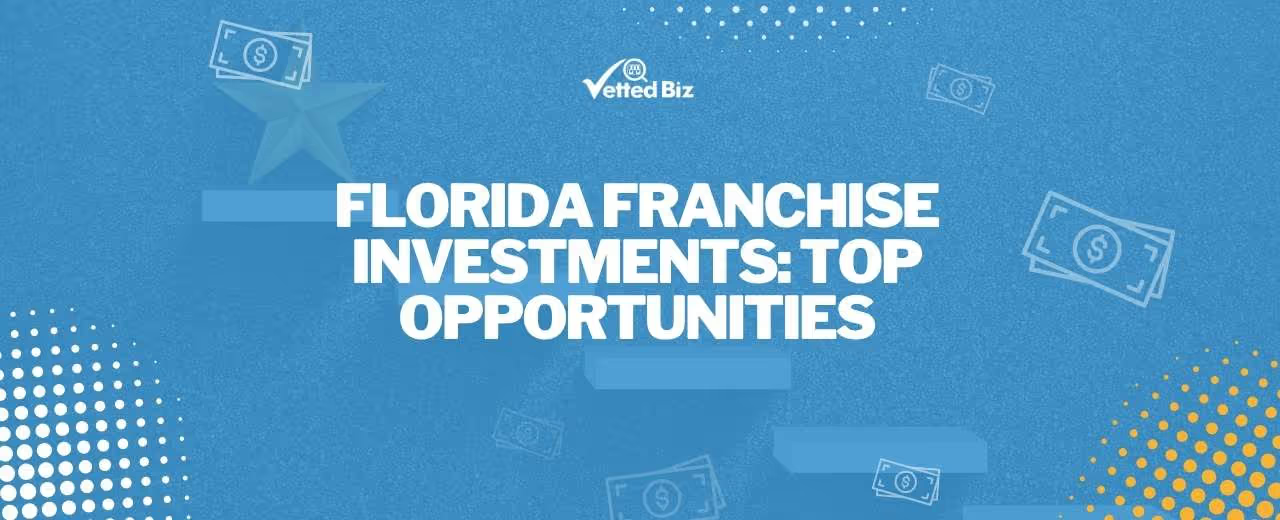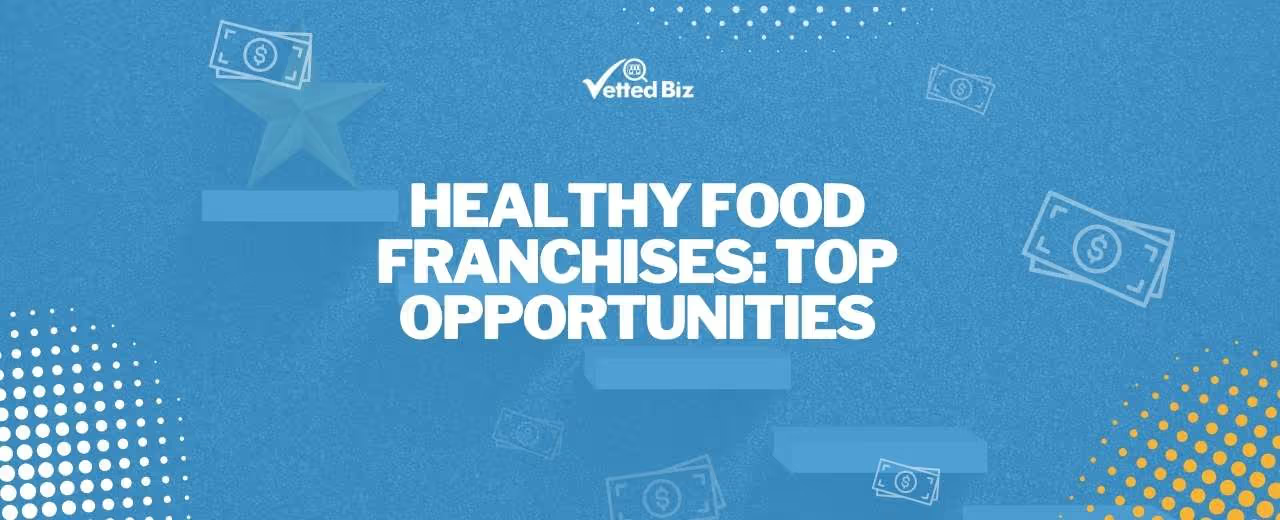Once Upon a Child is a retail store specializing in new and gently used children's clothing, toys, and accessories. The franchise offers affordable options for families, with a focus on sustainability.

Key Insights
- Once Upon a Child began with a simple idea to offer families a sustainable and affordable way to shop for children's items, growing into a widely recognized brand. The business model centers on buying gently used clothing, shoes, and toys from the public and reselling them, providing a community-focused retail experience.
- The franchise operates by empowering local entrepreneurs to manage their own resale boutiques. Franchisees purchase inventory directly from customers, process it, and then offer it for sale, creating a cycle of value for both sellers and buyers within their communities.
- Operating within the resale and consignment sector, the business taps into a growing consumer preference for value and sustainability. This industry addresses the ongoing need for children's apparel and gear as they grow, presenting a consistent market for quality pre-owned goods.

Franchise Fee and Costs to Open
Exploring the financial picture of Once Upon a Child gives insight into both the upfront commitment and the potential revenue opportunity. According to FDD Item 7, opening this franchise typically involves an investment in the range of $327,200 - $462,000, along with a franchise fee of $25,000 - $25,000.
Financial Performance and Revenue
Yearly gross sales of $1,127,506 and estimated earnings of $135,301 - $169,126 show the potential financial performance of this franchise. These figures are crucial for prospective franchisees as they help to project revenue and profitability. They offer insight into the business's ability to generate income and can be used to compare its performance against other investment opportunities. The Franchise Payback Period of 3.1-5.1 provides an estimation of the time it might take for an owner to recover their initial investment. This metric is a key consideration for anyone evaluating the financial viability of a franchise, as it relates directly to the speed at which the business can become profitable. A shorter payback period can indicate a faster return on capital, which is a significant factor in making an informed decision about a franchise investment.
Training and Resources
Once Upon a Child provides comprehensive initial training. This program offers franchisees a deep understanding of operations. The training is typically two weeks in length and is conducted at Once Upon a Child's corporate headquarters. Resources are available to support new store openings and ongoing business development.
Legal Considerations
Legal considerations for a Once Upon a Child franchisee are outlined in the Franchise Disclosure Document (FDD) and the Franchise Agreement. Note that this franchise discloses lawsuits and/or bankruptcy information in its FDD, which may impact your evaluation. Subscribe now to access more details and be sure to consult a qualified attorney before proceeding.
Challenges and Risks
Operating a franchise like Once Upon a Child involves navigating local market dynamics. Franchisees may consider the impact of existing resale shops or direct-to-consumer platforms on inventory acquisition and sales volume. Managing the day-to-day operational flow, from receiving and processing gently used items to customer service, requires consistent attention. Furthermore, the business model's reliance on a steady stream of quality inventory from the community necessitates building strong relationships and effective sourcing strategies.
Franchise Datasheet
FAQs
What is the minimum cash required to open a Once Upon a Child franchise?
How can I estimate the profitability and return on investment (ROI) of a Once Upon a Child franchise?
What is the franchisee fee for a Once Upon a Child franchise?
How to open a Once Upon a Child franchise?
How many locations does Once Upon a Child have?
Get insider access to franchise insights
Subscribe to receive expert tips, franchise rankings, and exclusive data straight to your inbox, trusted by thousands of aspiring business owners and investors.
Franchise resources & insights
Explore expert guides, data-driven articles, and tools to help you make smarter franchise decisions, whether you're just starting out or ready to invest.



